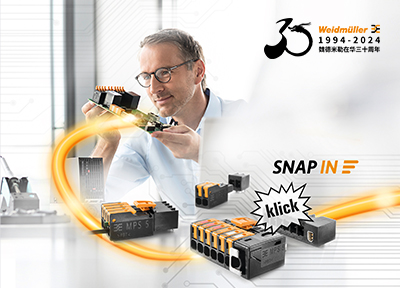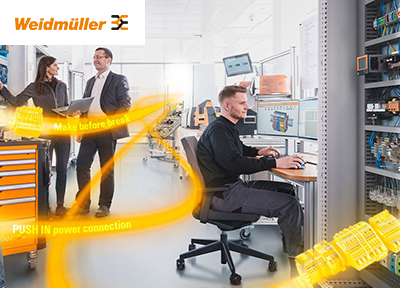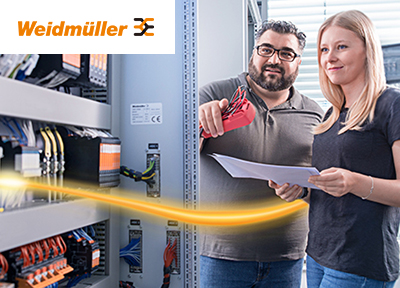Part 1: Custody transfer of fuel products demands sophisticated Flow analysis beyond volume readings. Product characteristics can be dynamic控制工程网版权所有, requiring monitoring at the same time.
The need to measure large-volume flow (how much gas or liquid has moved from point A to B over a specific period of time) with precision advanced many years ago when energy purchasers (e.g., oil, gasoline, natural gas) started questioning seller’s invoices. This led engineers to develop mechanical flowmeters using
As technology advanced控制工程网版权所有, custody transfer applications expanded to include more accurate and reliable techniques such as magnetic fieldCONTROL ENGINEERING China版权所有, positive displacementCONTROL ENGINEERING China版权所有, and ultrasound. However true flow calculation needed to consider other measurements and conditions: temperature, pressurewww.cechina.cn, pipe diameter, and material purity all matter. Because these attributes are dynamic and can change frequently over time, a way to measure these variables continuously and then calculate flow was required. The concept of a flow computer evolved precisely for this purpose.
Flow computers monitor data from flowmeters while simultaneously collecting information from other sensors such as temperature, pressurewww.cechina.cn, density and chemical analyzers. Computers process the data using standard based algorithms to calculate mass or volume flow. Often flow computers are installed in remote areas where LACT (leased automated custody transfer) units are located such as offshore oil rigs, pipelines, tank farms and compressor stations. The resulting flow information can be displayed locally or transmitted into a computer system.
As energy systems grew and telecommunications advanced控制工程网版权所有, DCSs (distributed control systems) became more practical. This required the colle


 在线会议
在线会议 论坛
论坛 专题
专题 工控直播
工控直播 新闻中心
新闻中心 子站
子站 技术
技术 社区
社区



 IDEC HR8S系列新一代安全继电器有奖试用活动
IDEC HR8S系列新一代安全继电器有奖试用活动 2025(第二十一届)年度最佳产品奖有奖投票中
2025(第二十一届)年度最佳产品奖有奖投票中 AVEVA剑维软件食品饮料行业白皮书有奖下载
AVEVA剑维软件食品饮料行业白皮书有奖下载 立即有奖下载TE重载连接器选型指南
立即有奖下载TE重载连接器选型指南 2025(第十四届)全球自动化和制造主题峰会
2025(第十四届)全球自动化和制造主题峰会































